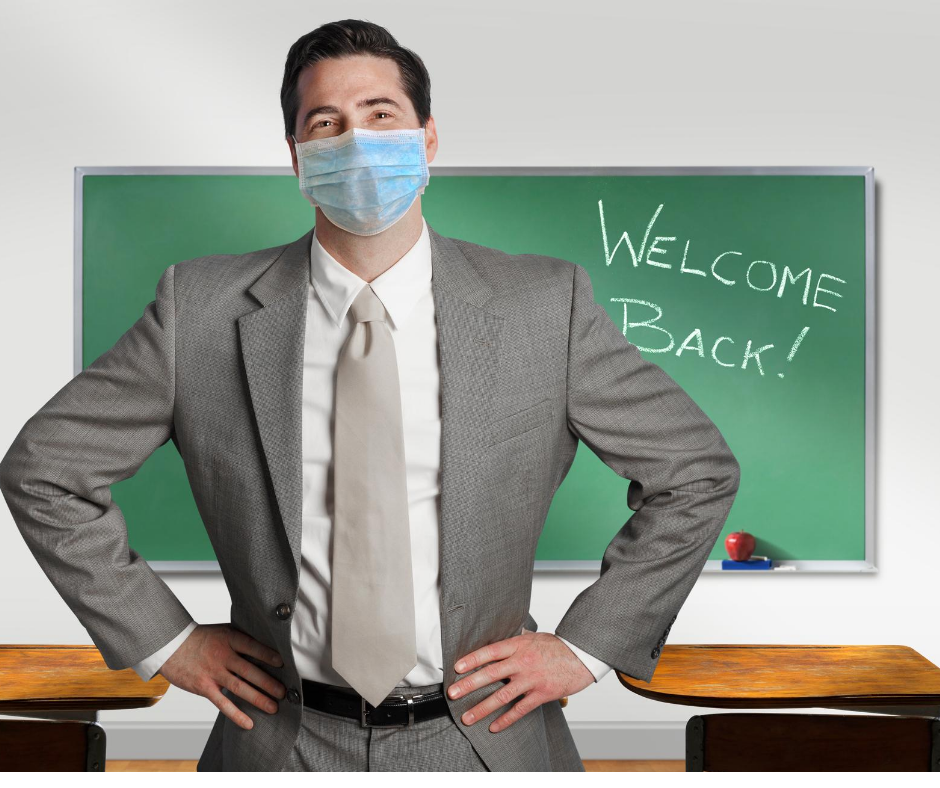- News
- Sun Aug 9
American Academy of Pediatrics Urges Schools to Open

The American Academy of Pediatrics (AAP) surprised everyone recently with guidance urging that all decisions for school this coming year “start with a goal of having students physically present in school.” The guidance recognized concerns about COVID-19, but cited “mounting evidence” that children and adolescents are less likely to be symptomatic and less likely to have severe problems from the virus. It also noted that “children may be less likely to become infected and to spread infection.” The AAP urges policymakers to balance mitigation efforts with “the known harms to children, adolescents, families, and the community by keeping children at home.”
The specific recommendations counter CDC recommendations in important respects. The CDC recommends six feet for social distancing, but the AAP notes that spacing children three feet apart may be just as beneficial, “particularly if students are wearing face coverings and are asymptomatic.” The AAP guidance also recommends against strict limits on group size in favor of other mitigation strategies. It does, however, continue to recommend six-foot distancing for adults as much as possible.
The AAP guidance recommends some specific strategies for different age groups:
- Pre-K – Physical distancing is less helpful for this age group “and certainly difficult to implement.” The AAP recommends focusing on more effective strategies for this age group, such as hand washing, adults wearing masks, limiting visitors, keeping children in cohort groups, and spending time outdoors. The guidance specifically notes that limiting play between classmates may not be helpful.
- Elementary Schools – Face coverings may be more helpful and practical in this age group, and three- to six-foot distancing is more feasible. The other recommendations mirror those for younger children, such as cohort classes, limiting visitors, and encouraging outdoor play. The guidance specifically notes that reducing classmate interactions and play may not provide enough benefit to justify the accompanying mental health damage.
- Secondary Schools – This age group is similar to adults, in that social distancing and face coverings are more helpful. Activities that involve increased exhalation (e.g., singing or exercise) should be moved outdoors and be spread as much as possible. The guidance also encourages cohort classes.
The guidance also lists suggestions for special education, transportation, common areas, playgrounds, cleaning the premises, screening, and face coverings.
The AAP guidance is an important contribution to the discussion about how schools and other youth-serving programs can safely reopen, and establishes practical standards tailored to specific populations. Unless your state’s governor has adopted stricter guidelines or requires adherence to CDC guidance, the AAP publication offers important suggestions as you reopen your program.
If you have specific questions about the AAP guidance or its interplay with CDC or your state’s requirements, Taylor English Duma will be happy to help.
Contact Taylor English Duma LLP
Someone will reach out to you soon!
We respect your privacy and will never spam or sell your information.


